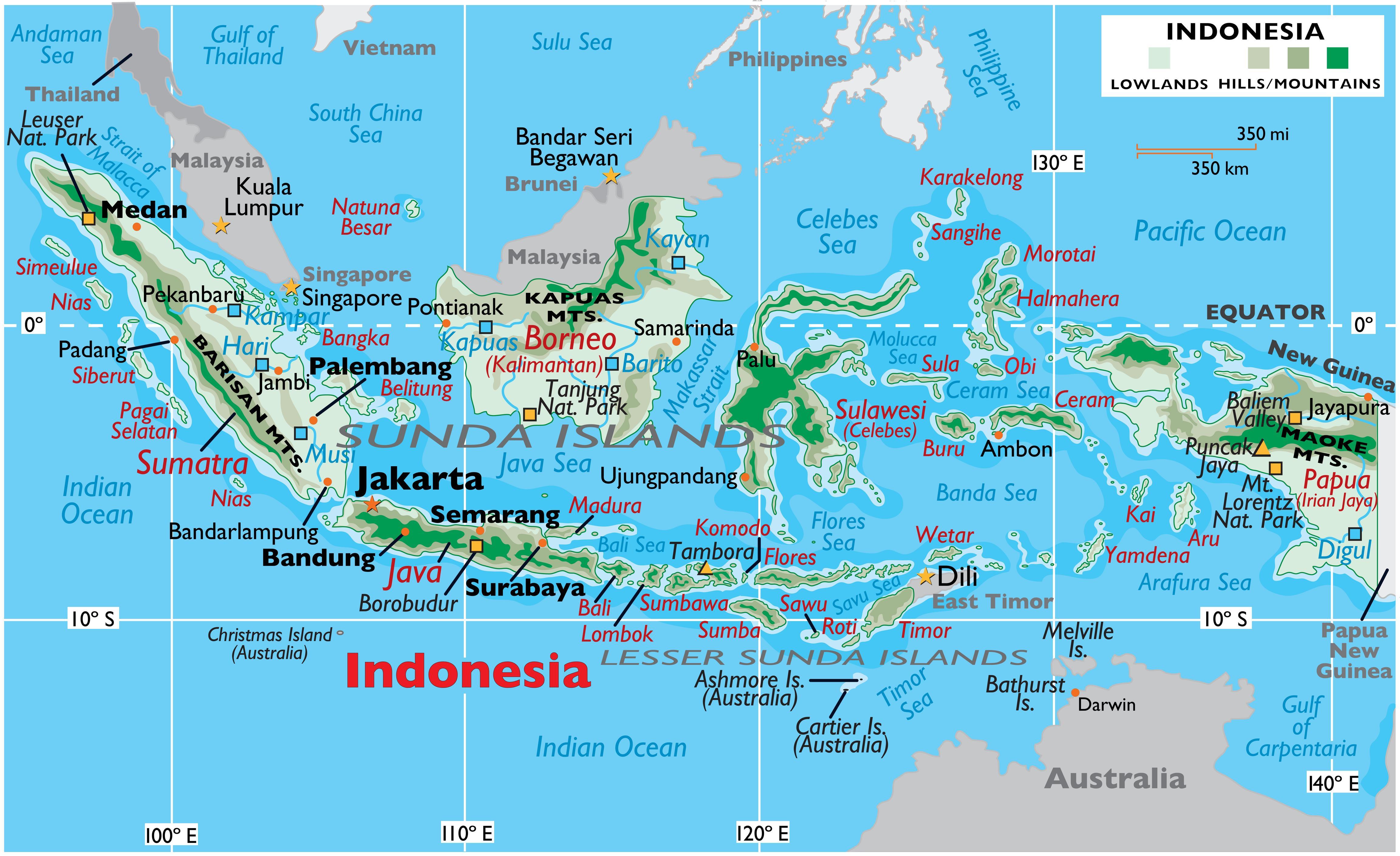India, Indonesia agree to enhance defence industry collaboration
News context
- India and Indonesia have agreed to strengthen their partnership in defense industry, maritime security, and multilateral cooperation.
- This decision was reached during the seventh India-Indonesia Joint Defence Cooperation Committee meeting in New Delhi.
- Air Marshal Taufanto, during his visit, toured the DRDO headquarters in New Delhi, as well as the defense facilities of TATA Advanced Systems and Larsen & Toubro in Pune.

The paradox of India’s global rise, its regional decline
One of the intriguing contradictions in present-day Indian foreign policy is that while India is gaining prominence on the global stage, it is simultaneously experiencing a decrease in influence within its region.
Growing amid declining regionally
- Over the last twenty years, India has witnessed a notable increase in its overall power, as reflected in strong economic growth, military prowess, and a predominantly youthful population.
- Its involvement in prominent global forums like the G-20 and invitations to G-7 meetings, along with active engagement in multilateral alliances such as the Quad, BRICS, and SCO, underscore its significant geopolitical importance and global influence, despite not being a member of the UN Security Council.
Extraneous factors
- Despite its global ascent, India’s influence in South Asia is experiencing a concerning decline.
- Paradoxically, some factors contributing to India’s global prominence are also contributing to this decline in regional influence.
- For example, the withdrawal of the United States from the region and China’s subsequent expansion have posed challenges for India.
- The erosion of India’s regional clout stems from a combination of power dynamics and geopolitical decisions made by smaller nations in the region.
The rise of China and what India must do
- Presently, India holds more power than it has in nearly two centuries, yet in comparison to China, it is historically weaker.
- Confronted with the emergence of a neighboring superpower, India is encountering significant geopolitical rivalry with China for influence in South Asia.
- Recognizing this altered power dynamic, countries in South Asia and India’s neighbors are employing various strategies including balancing, bargaining, hedging, and bandwagoning.
- India’s smaller neighbors perceive China as a beneficial counterbalance to India, leading to regional balancing actions stemming from shifts in the regional power dynamics.
What can be done?
- Firstly, it’s crucial to recognize that significant changes have occurred in the region, involving its neighbors and geopolitical dynamics, over the past decade.
- India needs to reassess some of its traditional perceptions of the region, update its dominance in South Asia, and implement proactive and innovative policies.
- For instance, reclaiming lost Buddhist heritage represents one avenue for restoring what has been lost.
- While India’s continental strategy faces numerous challenges, its maritime domain presents ample opportunities for boosting trade and forming coalitions.
- Hence, leveraging its maritime advantages in the Indo-Pacific region can help offset several continental challenges.
- India, along with its partners like the U.S., Japan, Australia, the EU, and others, should explore avenues for engaging and collaborating with neighboring countries within the framework of the Indo-Pacific Strategy.
- New Delhi’s openness and the willingness of external actors to engage the region should be utilized to tackle the challenges stemming from regional decline.
Tap soft power
- Ultimately, New Delhi should employ innovative approaches using its soft power to sustain its influence in the region.
- An effective method is to actively promote informal interactions between political and civil society figures in India and their counterparts in other South Asian nations.
- This approach is particularly essential in areas where India is cautious about direct involvement due to ongoing conflicts, such as in Myanmar.



